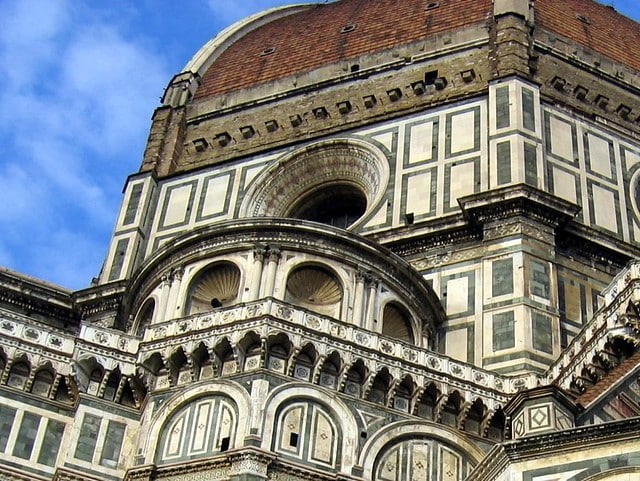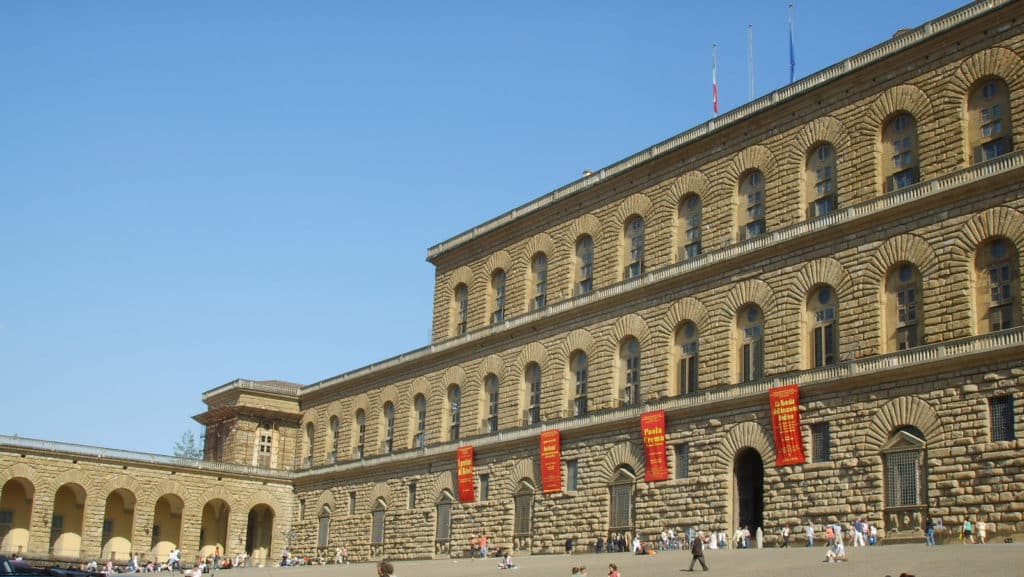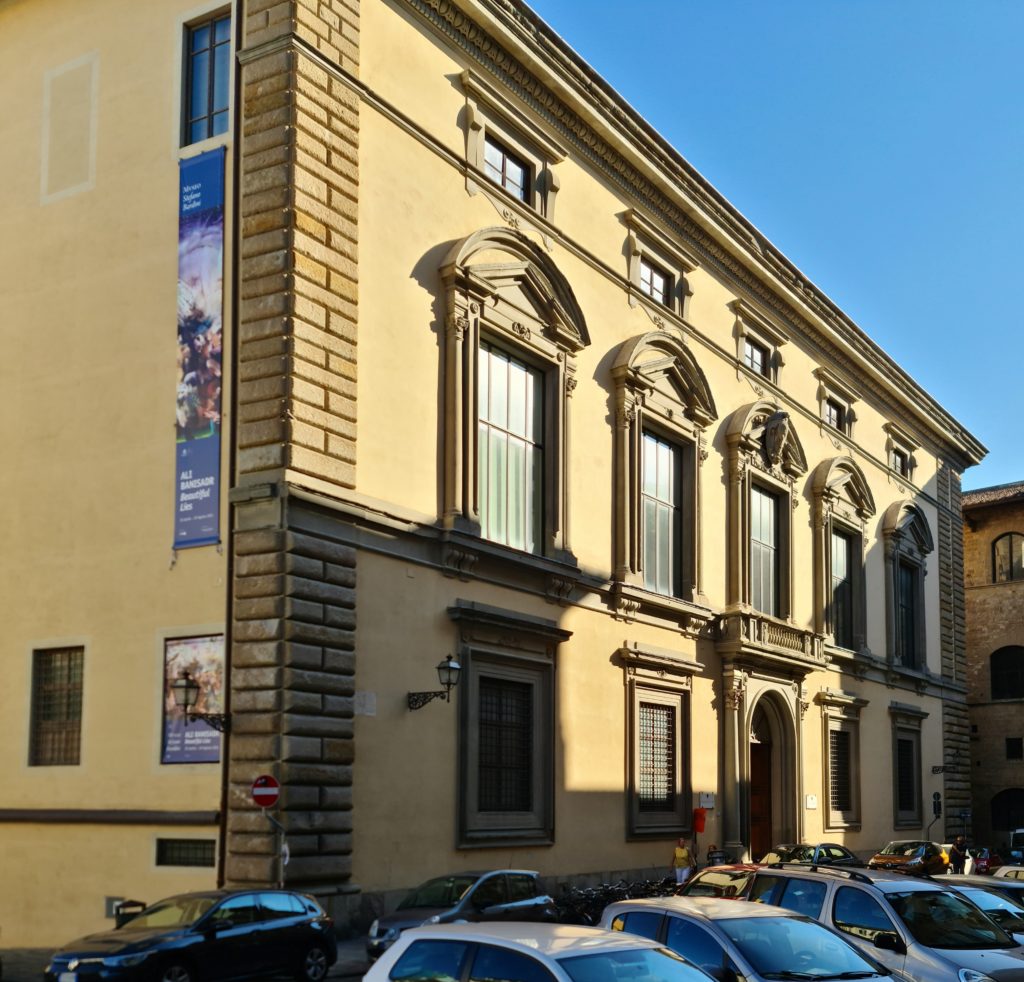Florence is one of the most culture-rich cities in the world, with a historic center recognized as a UNESCO World Heritage Site and an estimated 70 museums located within the city limits. Two of these—the Uffizi Gallery and the Accademia Gallery—number among the top art collections in the world and are must-sees when visiting the city. Scores of others, outshined by the sheer star power of the homes to masterpieces like Botticelli’s Birth of Venus and Michelangelo’s David, live in relative obscurity, though they house equally magnificent works.
Once you’ve braved the crowds to visit Florence’s two iconic museums (which we strongly suggest you do), take a break at these quieter gems.
Museo dell’Opera di Santa Maria del Fiore

Dedicated to the history and art of Florence’s Duomo, the Museo dell’Opera del Duomo has become one of Florence’s crown jewels since its inauguration at the end of 2015. This renovation almost doubled its previous size and includes a scale model of the cathedral’s original unfinished façade, dismantled in 1586 and featuring forty statues from the 14th and early 15th centuries. Today, the museum is home to 750 works of art, including the largest collection of sculpture from the Middle Ages and Renaissance in the world. Plan to spend at least two hours here admiring masterpieces like Ghiberti’s Gates of Paradise and Michelangelo’s Pietà Bandini. Be sure to climb to the rooftop terrace for views of Brunelleschi’s dome just opposite.
Palazzo Vecchio

One of the symbols of Florence, the fortress-like Palazzo Vecchio in Piazza della Signoria has been the political heart of Florence since Cosimo I chose it as the official residence of the Medici family in 1540. The Grand Duke commissioned the leading artists of the time to decorate the interiors under the lead of Vasari, and works by Donatello and Ghirlandaio can still be admired today. The palace is known for its magnificent Salone dei Cinquecento, which was originally frescoed by Leonardo and Michelangelo. After the Uffizi and Accademia, Palazzo Vecchio is one of the most visited museums in Florence, so be sure to book tickets in advance.
Ospedale degli Innocenti
The historic Museo degli Innocenti documents the history of Florence’s Istituto degli Innocenti, located in the hospital designed by Filippo Brunelleschi in Piazza della Santissima Annunziata. Founded in 1419, the “Innocenti” was the world’s first lay institution dedicated to taking in abandoned and orphaned children. The upper floor of the museum is home to a small collection of around 80 Renaissance works by masters including il Ghirlandaio, Botticelli, and della Robbia. The garden floor is dedicated to the history of the institute and the thousands of children who passed through its doors over the centuries. After admiring the art and learning about the history of this landmark institute, relax in the museum’s rooftop café with outdoor patio that overlooks the rooftops of Florence and Brunelleschi’s famous dome.
Museo Nazionale del Bargello

The Bargello National Museum, named for the 13th-century Palazzo Bargello (also known as Palazzo del Popolo, Florence’s first town hall) that houses it, is one of the most magnificent collections of sculpture in Italy. The majority of the works date from the Renaissance period and include masterpieces by artists like Michelangelo, Donatello, Ghiberti, Cellini, Giambologna, Ammannati, and other masters. It takes about two hours to visit the museum; make sure to admire Donatello’s Bronze David and an early Bacchus by Michelangelo.
Palazzo Pitti

The massive 15th-century palace home to the Medici family was once the largest private residence in the city and today is home to a complex of eight museums and galleries, in addition to the Boboli Gardens. Highlights include the Palatine Gallery, an extraordinary collection of Renaissance paintings by the likes of Raphael, Caravaggio, and Tiziano; the Royal Apartments, furnished with 16th-century grandeur; the Treasury of the Grand Dukes (previously known as the Silver Museum), home to a collection of gold and silver masterpieces, and the Porcelain Museum. The city’s Gallery of Modern Art and Museum of Costume and Fashion are also located here, both worth a visit. Because of its size and scope, Palazzo Pitti can be overwhelming for a first-time visitor so it’s best to focus on just a section or two.
Palazzo Strozzi
Palazzo Strozzi itself is a masterpiece, a 15th-century Renaissance palace with an elegant central courtyard built for one of Florence’s most powerful families. Today it is the seat of the Palazzo Strozzi Foundation, which holds a series of blockbuster contemporary art exhibitions each year that have showcased international stars like Ai Weiwei, Marina Abramović, and Jeff Koons; the next major event coming up is a Donatello exhibit for the summer of 2022. Check their calendar to see what is scheduled during your visit.
Museo Stibbert

One of the most unusual collections in Florence, the Stibbert Museum houses 50,000 pieces of weaponry and armor plus artworks and other artifacts from European, Islamic, and East Asian civilizations (especially Japanese) donated to the city by Frederick Stibbert in the 19th century. The museum is located in Stibbert’s former residence; the highlight is the Sala della Cavalcata, where life-sized European and Ottoman knights dressed in full coats of arms are staged in military formation. Wander through the rooms stuffed with antique costumes, paintings, tapestries, and furniture, then stroll through the gardens to take in its pavilions, statues, faux ancient ruins, and Egyptian temple.
Museo Bardini

Like the Stibbert Museum, the Bardini Museum houses a private collection amassed over decades and donated to the city of Florence. Stefano Bardini was a wealthy antiquarian and collector who transformed the former church and convent of San Gregorio della Pace into a neo-Renaissance villa at the end of the 19th-century to house his vast number of sculptures, paintings, furniture, ceramics, tapestries, weaponry, and musical instruments. The works range from ancient Roman to the 18th century and include the Donatello’s Madonna of the Cordai, a Della Robbia terracotta, and Petro Tacca’s original bronze Porcellino from Florence’s famous market fountain.
Related posts:




